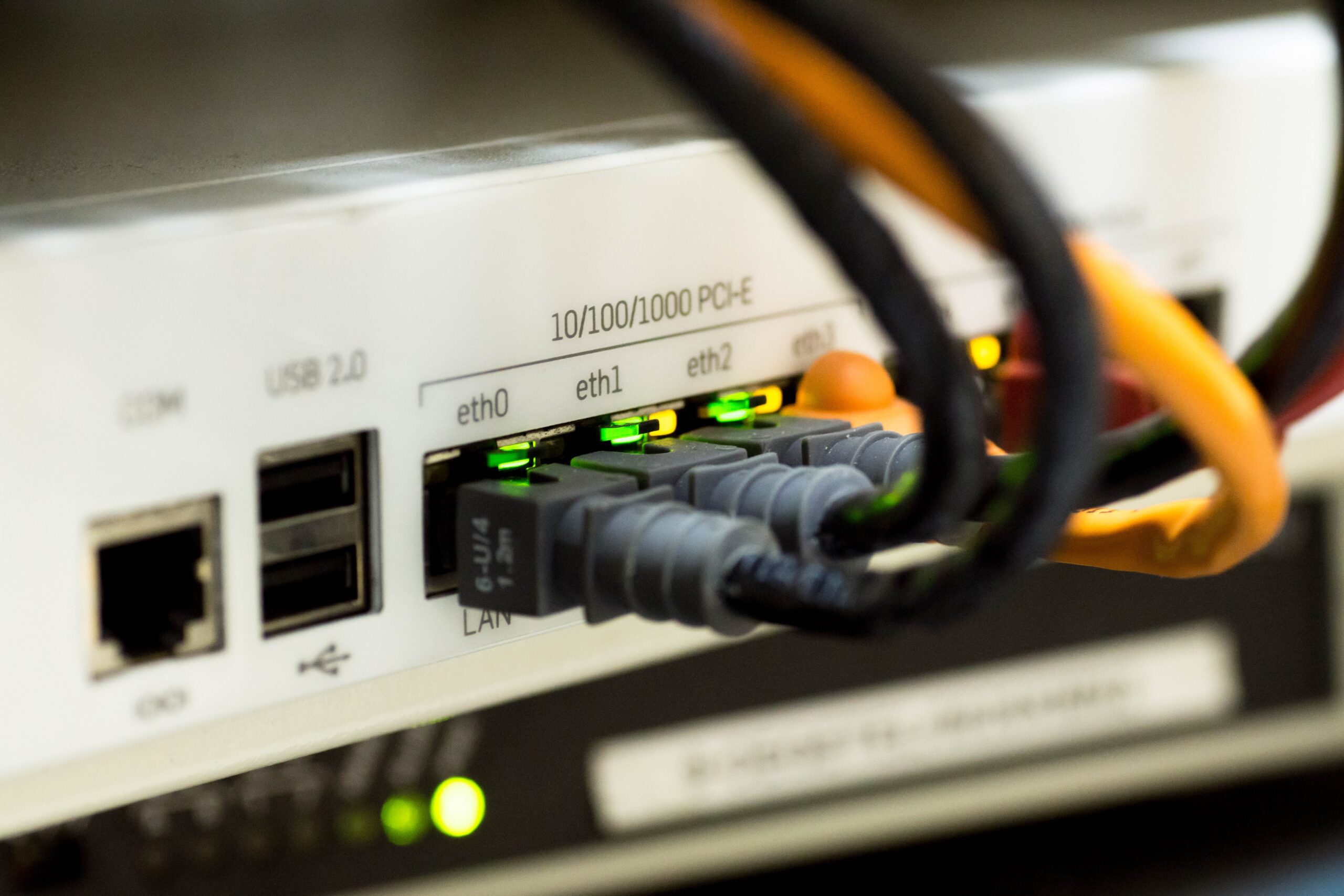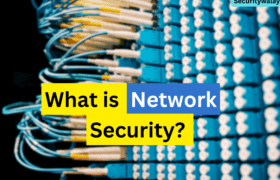Network security in cyber security is the principle of protecting data from breaches, threats, and intrusions. Various processes, rules, and configurations have to be set in order to protect, use, accessibility, and threat protection of the overall network. In today’s world of modern technology, companies need to implement some sort of network security to protect themselves from threats from the ever-evolving cyber world.

Table of Contents
- Advantages of Network Security
- How does network security actually work?
- Types of Network Security
- Resilient Network Security will Block Against
Advantages of Network Security
Network Security is essential for protecting Internal Data such own company or external data such as the client, ensuring that the access is secure from threats, and reliable along with considering the best performance of the network. a well designed architecture of network solution excludes various expenses, also safeguards them from cyber threats that could cost millions of Dollars.the protection of applications and systems enables the businesses to operate and deliver their services smoothly.

How does network security actually work?
There are various layers to be considered when we are applying network security across an organization. The attack surface is very vast, and it can happen at the layers of the network security model, which is why software, hardware, and network security policies should be aligned in order to come up with a secure network design.
Network security has three different controls: physical, technical, and administrative. There is a simplified overview of each type of network security and how these controls work.
Physical Network Security
Unauthorized individual prevention from gaining physical access to the server room or cabling cupboard is called physical security control. In order to protect those sensitive areas, locks, biometric authentication, and similar devices could control the physical access to the sensitive areas of the organization.
Technical Network Security
Technical security controls are used to find and stop accesses that are not allowed across the network from cyber criminals. There are different types of data, such as data in transit and data at rest. Technical Security controls are used in order to protect the network from being breached by adversaries that are trying to steal sensitive data.
Administrative Network Security
security policies and processes in which a user has to behave accordingly is administrative control; it also includes how users are verified, access level, and the infrastructure upgrade through the IT Department.
Types of Network Security
Firewalls
Firewalls are the type of device that controls incoming and outgoing traffic on a network. Rules have to be determined in order to protect the network from malicious traffic, and they are monitored on a daily basis. The security of the network is excessively dependent on the deployed firewalls of the organization. Recently, next-generation firewalls have been used among companies that focus on detecting and blocking malware.
Network Segmentation
Network Segmentation is the limitation among segments of the network where resources within the group have similar functionality, a role within the company. unauthorized personnel are stopped on the main gate same goes to the immediate threat are prevented outside the network, this ensures that sensitive data is not leaving the organizations network. Organizations can set up various boundaries within their network to ensure access control and security.
What is access control?
It is the definition of people and devices who have access to network applications and systems, by the denial of unauthorized access and threats. Policies for different access controls should be in place in order to minimize the risk to the overall security of the network.
Remote Access VPN
Hosts and clients can connect to the company’s network securely through Remote Access VPN; mobile users can be an example. Each of the hosts will have the VPN agent installed on the user’s device. Integrity of sensitive information is ensured by MFA (multi-factor authentication), scanning of the endpoints, and ensuring that all the devices are compliant and encryption is in place for all types of data.
Zero Trust Network Access [ZTNA]
Zero Trust Network is the modern technology of today’s digital era. It is based on the principle of allowing the user only the required permissions to fulfill the role, unlike VPNs, which usually grant full access when accessing the network.
Email Security
Any process, service, or product that is designed for the protection of email accounts and contents from external threats is called Email Security. 83% of companies are facing phishing attacks every year. Many products or email security service providers have built-in features that are designed to keep accounts secure from such attacks. Additional security hardening is still needed to prevent adversaries from accessing protected information of the organization.
Data Loss Prevention
It is a methodology of cybersecurity that includes the best practices and technology in order to prevent sensitive information exposure to the outside world,[PII] personally identifiable information, and compliance-related data specifically.
Intrusion Prevention System
IPS can prevent or detect network security attacks such as Denial of Service (DOS) attacks and known vulnerabilities exploitation. adversaries take advantage of known vulnerabilities before the security patches are applied. IPS can scan these cases instantly and block such attacks.
Sandboxing
It is a cybersecurity practice where the security professional runs the code or executes the file to examine the safety status. Sadboxing prevents threats from being entered into the network by executing those files in an isolated environment, such as Anyrun. Malware example files can be in PDF, Microsoft Word, etc.
Hyperscale Network Security
The ability of an architecture to scale effectively as greater demand is added to the system is referred to as hyperscale. This solution allows for quick deployment as well as scaling up or down to meet changing network security demands. It is feasible to use up entire hardware resources accessible in a clustering solution by closely integrating networking and computation resources in a software-defined system.
Cloud Network Security
There is no excessive on-premises hosting of applications and workloads in the local data center. Protection of advanced data centers needs intensive flexibility and innovation in order to migrate applications to the cloud. There are solutions, such as Software-defined Wide Area Network security solutions are enabled in private, public, hybrid, and cloud-hosted Firewall-as-a-Service (FWaaS) installations.
Resilient Network Security will Block Against
- Worms: Worms are the main factor in affecting the performance of computer networks by consuming bandwidth and slowing computers’ ability to process data. The difference is that the virus needs a program to spread through; unlike worms, they are stand-alone malware that can work independently.
- Trojan: a backdoor application that creates an entry for unauthorized users to access the system by using legitimate application imagination and is quickly exposed to being vulnerable. This application can delete files and initiate other malware that is invisible on the network to steal sensitive data.
- Spyware: It is a virus that collects information about an organization or user without their knowledge and could send the data to another third party without the consent of consumers.
- Virus: A malicious file that replicates itself by modifying other applications of another computer’s code is called a Virus. Once it has been released, it can infect other computers and it can corrupt the data on the network.
- Adware: Adware where users can be redirected to advertising websites and collect the data for marketing within the process in order to customize the advertisements that will be based on the searching and buying history.
- Ransomware: This software is mainly used to gain money through an organization or a person’s computer by encrypting the data in an unusable format and block access to the user’s system.

